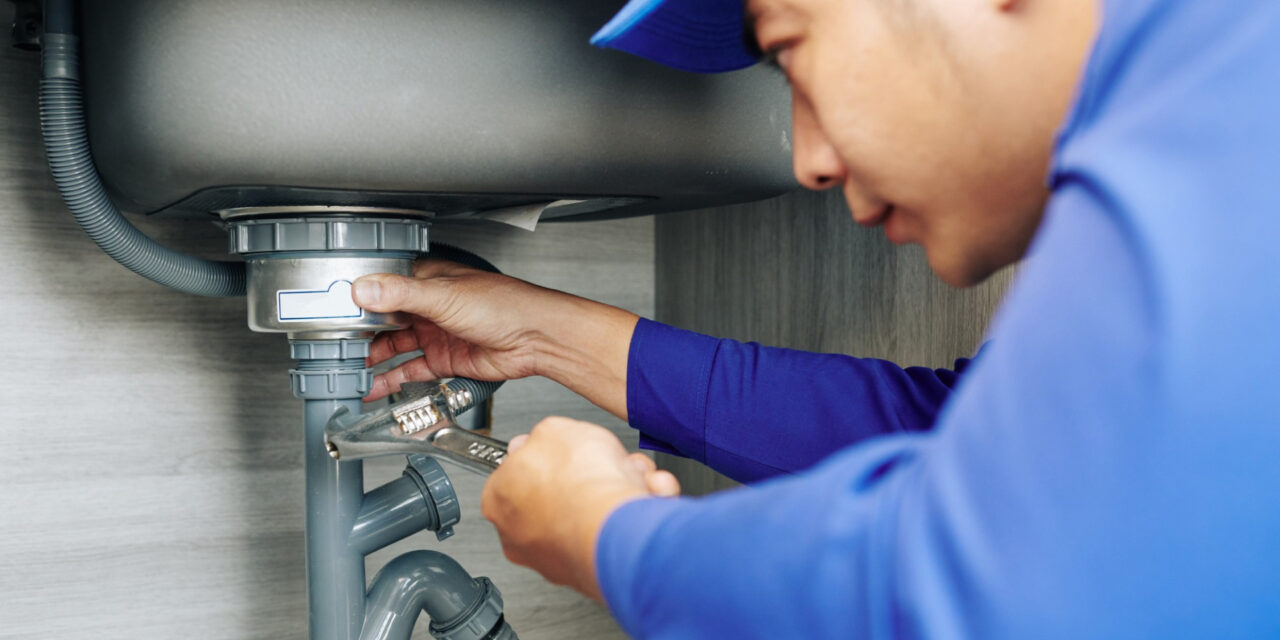Here down the page yow will discover lots of superb answers concerning Top leak detection hacks.

Early discovery of dripping water lines can alleviate a possible catastrophe. Some little water leaks may not be visible.
1. Analyze the Water Meter
Every home has a water meter. Examining it is a proven manner in which aids you find leakages. For starters, shut off all the water sources. Ensure nobody will certainly purge, utilize the faucet, shower, run the washing machine or dishwashing machine. From there, go to the meter and watch if it will certainly transform. Considering that no person is utilizing it, there need to be no activities. That shows a fast-moving leakage if it relocates. Furthermore, if you detect no changes, wait a hr or two and check back once more. This means you may have a sluggish leak that might even be below ground.
2. Examine Water Usage
Assess your water bills as well as track your water consumption. As the one paying it, you need to observe if there are any type of discrepancies. If you identify sudden changes, despite your intake being the same, it implies that you have leakages in your plumbing system. Keep in mind, your water expense must fall under the exact same array every month. A sudden spike in your costs suggests a fast-moving leak.
A stable boost every month, also with the exact same practices, shows you have a slow leak that's additionally slowly escalating. Call a plumber to completely inspect your residential property, especially if you really feel a warm area on your flooring with piping underneath.
3. Do a Food Coloring Examination
When it concerns water intake, 30% comes from commodes. Examination to see if they are running appropriately. Drop flecks of food shade in the storage tank and wait 10 mins. There's a leakage between the tank and dish if the shade somehow infiltrates your dish throughout that time without flushing.
4. Asses Outside Lines
Do not neglect to examine your outdoor water lines also. Needs to water permeate out of the link, you have a loose rubber gasket. One tiny leak can throw away bunches of water as well as spike your water bill.
5. Analyze the situation as well as inspect
Property owners need to make it a practice to examine under the sink counters as well as even inside closets for any bad odor or mold and mildew development. These two red flags suggest a leak so timely attention is required. Doing regular assessments, even bi-annually, can save you from a major issue.
Extra importantly, if you know your house is currently old, maintain a watchful eye on your heating units, hoses, pipes and so on. Check for stainings and deteriorating as many pipes and also home appliances have a life span. They will certainly also normally weaken because of tear as well as use. If you believe leaking water lines in your plumbing system, do not wait on it to rise. Call a professional plumber immediately so you do not end up with a horrible mess in your home.
Early detection of dripping water lines can mitigate a potential disaster. Some small water leakages may not be visible. Inspecting it is a guaranteed method that helps you find leakages. One small leakage can squander tons of water as well as surge your water bill.
If you believe leaking water lines in your plumbing system, do not wait for it to rise.
WARNING SIGNS OF WATER LEAKAGE BEHIND THE WALL
PERSISTENT MUSTY ODORS
As water slowly drips from a leaky pipe inside the wall, flooring and sheetrock stay damp and develop an odor similar to wet cardboard. It generates a musty smell that can help you find hidden leaks.
MOLD IN UNUSUAL AREAS
Mold usually grows in wet areas like kitchens, baths and laundry rooms. If you spot the stuff on walls or baseboards in other rooms of the house, it’s a good indicator of undetected water leaks.
STAINS THAT GROW
When mold thrives around a leaky pipe, it sometimes takes hold on the inside surface of the affected wall. A growing stain on otherwise clean sheetrock is often your sign of a hidden plumbing problem.
PEELING OR BUBBLING WALLPAPER / PAINT
This clue is easy to miss in rooms that don’t get much use. When you see wallpaper separating along seams or paint bubbling or flaking off the wall, blame sheetrock that stays wet because of an undetected leak.
BUCKLED CEILINGS AND STAINED FLOORS
If ceilings or floors in bathrooms, kitchens or laundry areas develop structural problems, don’t rule out constant damp inside the walls. Wet sheetrock can affect adjacent framing, flooring and ceilings.
https://www.servicemasterbyzaba.com/blog/how-to-detect-water-leakage-in-walls/

Do you appreciate reading up on Finding hidden leaks? Try leaving feedback directly below. We'd be interested to see your views about this posting. Hoping that you visit us again in the future. If you please take a moment to distribute this article if you liked it. Many thanks for taking the time to read it.